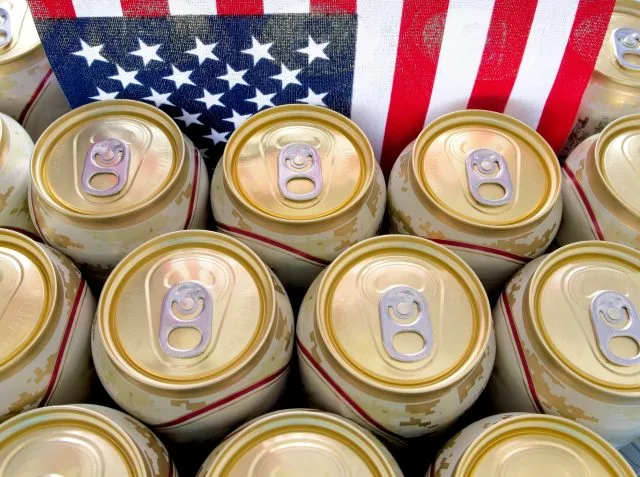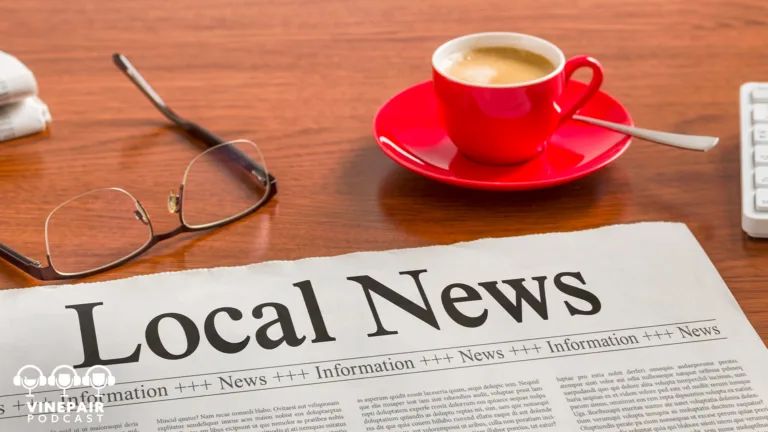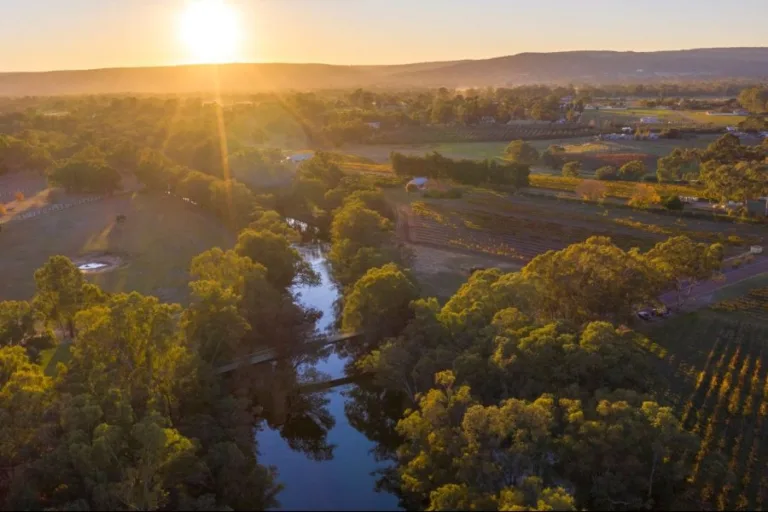Economic pressures and changing habits hit US alcohol sales in 2023, but growth in no-alcohol drinks and premium agave spirits offers hope, new data reveals. The US beverage alcohol market is in the midst of a transformation. After years of steady growth, 2023 has been dubbed a “reset year” by the IWSR as total beverage alcohol (TBA) volumes fell by -3%. However, the market’s value grew by +1%, underlining a shift in consumer spending and priorities. Looking ahead, the US is poised to remain a global value driver, contributing more than US$7.5 billion in growth by 2028, alongside emerging markets like India. A series of economic and logistical hurdles have shaken the industry. Elevated inventory levels, initially built up during the pandemic, remain a major challenge, with “normalisation not expected until 2025 or 2026,” according to Marten Lodewijks, president of IWSR’s US Division. High inflation, rising interest rates, and climbing credit card debt have squeezed disposable incomes, forcing many consumers to prioritise essentials over alcohol. “The pressure on household budgets has significantly reduced per capita alcohol consumption,” says Richard Halstead, COO of consumer research at IWSR. Many consumers are opting for affordable choices, with premiumisation taking a back seat. Shifts in consumer behaviour A growing health-conscious mindset, especially among younger legal drinking age adults, has accelerated trends towards moderation. This has benefitted no- and low-alcohol products, with no-alcohol beer volumes up by +19% and spirits by +38% in 2023. Both categories are expected to post double-digit growth through 2028. Even
This Article was originally published on The Drink Business - Wine





